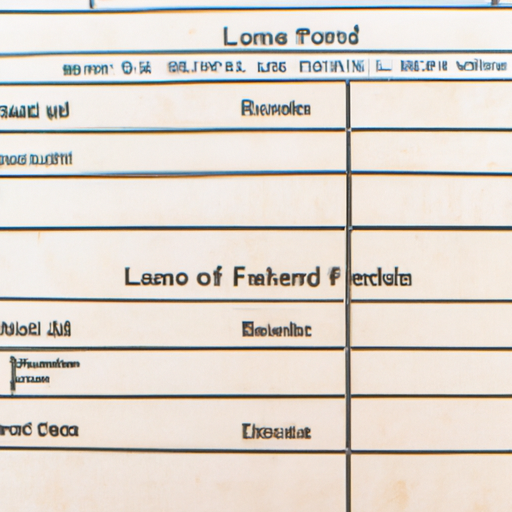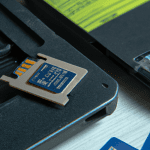Where to Record Land Improvements on the Balance Sheet: A Comprehensive Guide
When it comes to accounting for land improvements, it’s essential to understand where they should be recorded on the balance sheet. Land improvements refer to any enhancements made to a piece of land that increase its value or extend its useful life. These improvements can include things like landscaping, parking lots, fences, driveways, and more. Properly recording these improvements is crucial for accurate financial reporting. In this comprehensive guide, we will explore the correct placement of land improvements on the balance sheet.
Understanding the Balance Sheet
Before we dive into the specifics of recording land improvements, let’s briefly review what a balance sheet is. A balance sheet is a financial statement that provides a snapshot of a company’s financial position at a specific point in time. It consists of three main sections: assets, liabilities, and equity. Assets represent what the company owns, liabilities represent what it owes, and equity represents the owner’s investment in the business.
Classification of Land Improvements
Land improvements are considered long-term assets and should be recorded under the “Property, Plant, and Equipment” section of the balance sheet. This section is typically located just below current assets. Land itself is classified as a non-depreciable asset since it has an indefinite useful life. However, land improvements have a limited useful life and are subject to depreciation.
Depreciation of Land Improvements
Depreciation is the process of allocating the cost of an asset over its useful life. Land improvements are depreciated because they gradually lose value over time. The most common method used to depreciate land improvements is the straight-line method. This method evenly spreads the cost of the improvement over its estimated useful life.
Recording Land Improvements on the Balance Sheet
To record land improvements on the balance sheet, you will need to create a separate account under the “Property, Plant, and Equipment” section. This account is typically called “Accumulated Depreciation – Land Improvements.” The original cost of the land improvements should be recorded as a debit to the “Land Improvements” account and a credit to the appropriate cash or accounts payable account, depending on how the improvements were financed.
Example:
Let’s say your company spent $50,000 on landscaping improvements for a piece of land. You would record the following journal entry:
Debit: Land Improvements – $50,000
Credit: Cash or Accounts Payable – $50,000
Over time, as the land improvements depreciate, you will record annual depreciation expenses. This expense is recorded as a debit to the “Depreciation Expense” account and a credit to the “Accumulated Depreciation – Land Improvements” account.
Conclusion
Properly recording land improvements on the balance sheet is crucial for accurate financial reporting. By classifying land improvements as long-term assets and depreciating them over their useful life, you can provide a more accurate representation of your company’s financial position. Remember to create a separate account for accumulated depreciation to track the decrease in value over time. Following these guidelines will ensure that your balance sheet reflects the true value of your land improvements.




